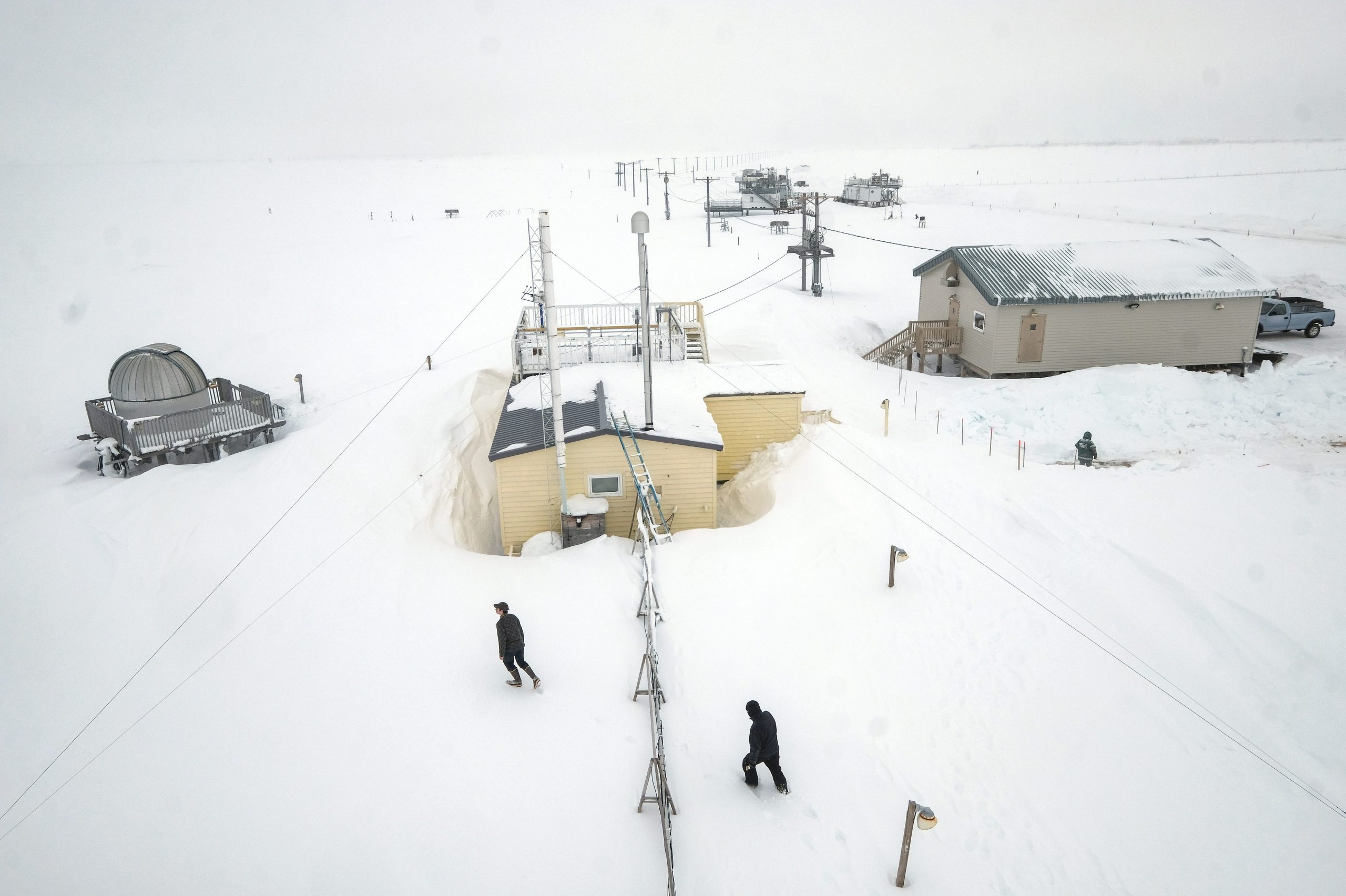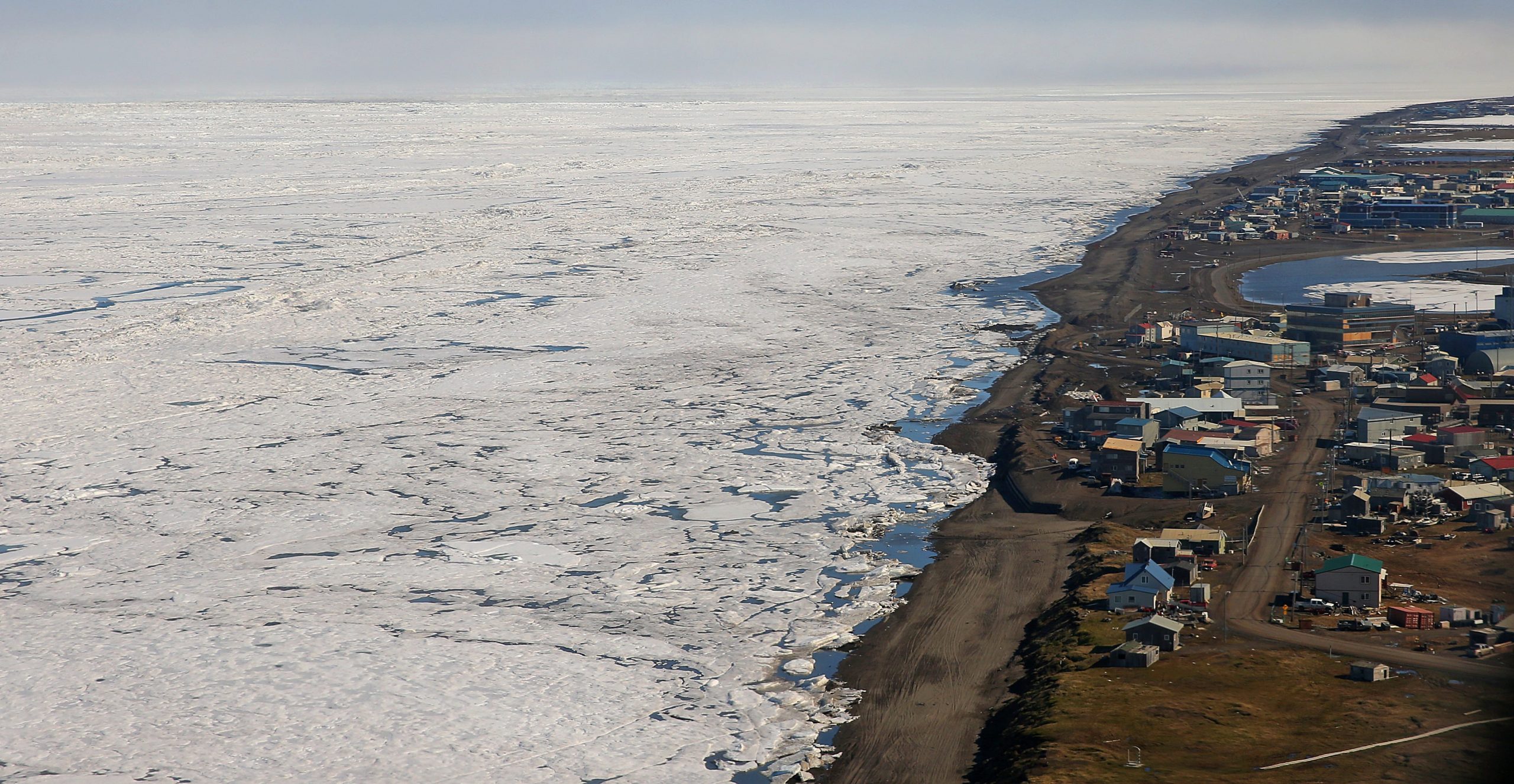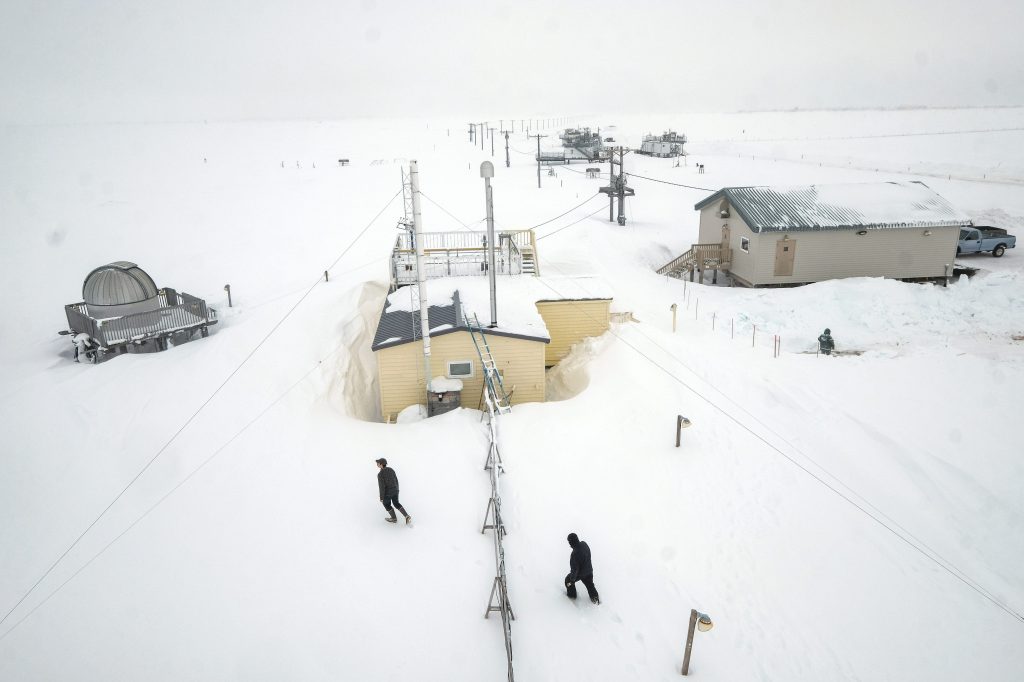
- Utqiaġvik, Alaska is the northernmost town in the US, overlooking the Arctic Ocean.
- "Polar night" begins this week, plunging the town's residents into 66 days of 24-hour darkness.
- Local business owners told Insider what it's like to work in the region — from $98 laundry detergent to hunting whales.
When Myron McCumber talks about life in Alaska, he talks in terms of "the lower 48," a saying used by locals to describe the continental US.
"Alaskans tend to be pretty independent thinkers," he told Insider. "We see ourselves as separate from and still belonging to the United States."
Myron and his wife, Susan McCumber, run Latitude 71, a 12-room bed and breakfast in Utqiagvik, Alaska. Their guests range from Brazilian tourists chasing the northern lights to local oil rig workers.
Along Utqiagvik's coast is a welcome sign that reads "America's northernmost city" above a blue and white illustration of a whale tail. Home to just over 4,000 people, Utqiagvik goes by many names, including "the rooftop of the world" and "ground zero for climate change."
Starting this week, the town will enter "polar night" and plunge into 66 days of 24-hour darkness. Without the sun, temperatures drop substantially. Utqiagvik is below freezing for 160 days out of the year.
While tourists plan visits around the cosmic phenomena, the locals of Utqiagvik continue their daily lives, Myron said — just without the sun.
"It's dark when you come home at lunch," he described. "You turn your headlights on at noon to drive home ... that would be a little different for most people living in the lower 48."
Year-round, running a business in Utqiagvik comes with its own set of challenges. Namely, food.
"It's $14 for a gallon of milk," Myron told Insider. "A box of Tide laundry pods is like $98. A case of water that you get from Walmart for $6 — here it's $48."
In order to afford meals for hotel guests, the McCumbers travel four to five times a year to Anchorage, where groceries are slightly cheaper. The hauls are then stored in Latitude 71's six freezers and two refrigerators.
"We bring in 1,000 to 1,500 pounds of food and supplies like toilet paper," Myron said. "An 18-pack of paper towels here is $58. In Anchorage, that would be about $24."

The majority of North Slope residents are Iñupiat Alaska Natives, who have inhabited the polar region for thousands of years. The Iñupiat have historically survived the harsh climate through subsistence hunting of whale, caribou, walrus, seal, and bird.
With grocery prices so high, hunting is still an important part of living in Utqiagvik. Each Spring, the community gathers during "Nalukataq" to celebrate a successful whale-hunting season.
But climate change has made hunting harder than ever, Myron told Insider. In 2017, the temperature in Utqiagvik rose so fast that an algorithm flagged the data as "unreal" and removed it from the government's database.
"With the sea ice not being here as much, we don't see the seals and the walrus and the polar bear," he said. "It's changing migration patterns for animals and birds — so all of that has a big impact on subsistence hunters, which is a lot of the population here."
Most of Utqiagvik is immune to the lower 48's commercialization — except for the local Subway.
"There are 4,500 people here and there's only five other restaurants," its owner, John Masterson, told Insider, adding that Subway is the only place in Utqiagvik whose menu doesn't include pizza, hamburgers, or Chinese food.
Despite the fact that a foot-long steak and cheese sandwich costs $16.99, Masterson said the store broke "every Subway sales record" there was.
"We sold over 1,000 sandwiches the first day and over almost 10,000 sandwiches in the first week," Masterson said.
